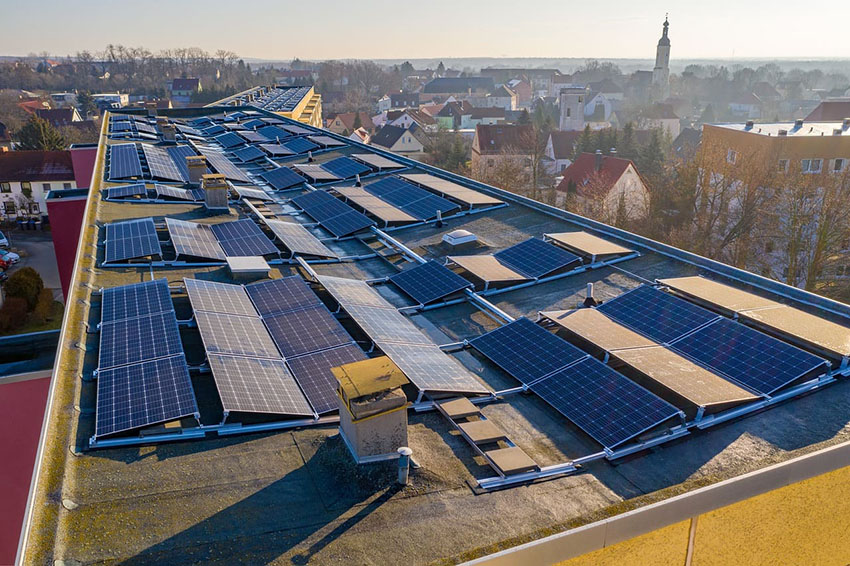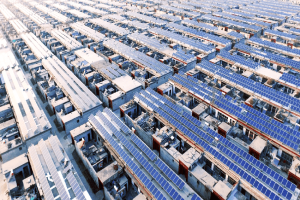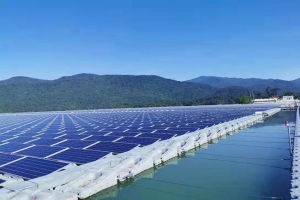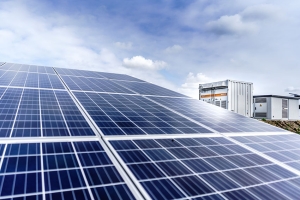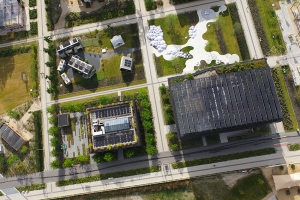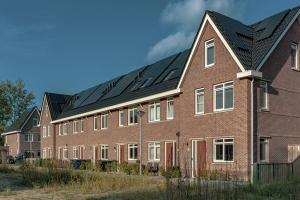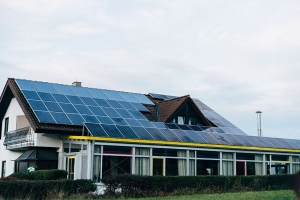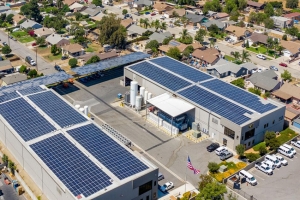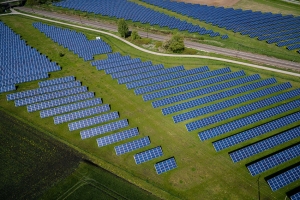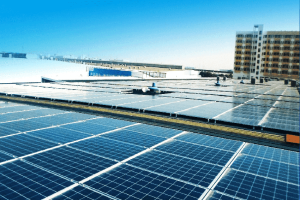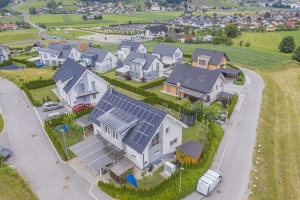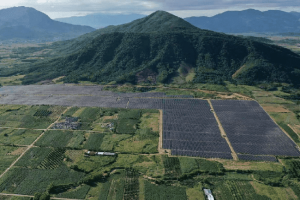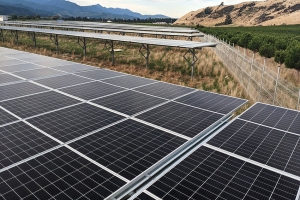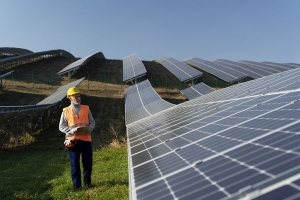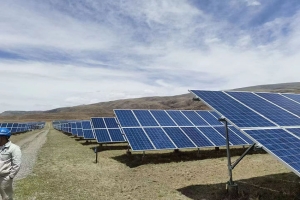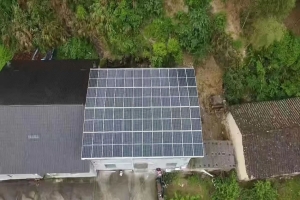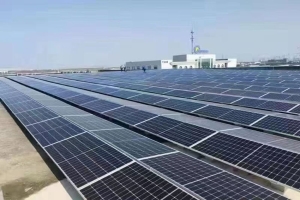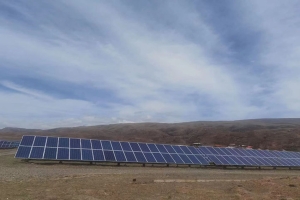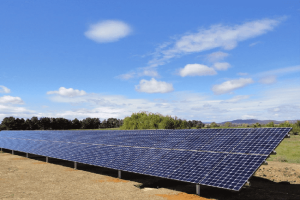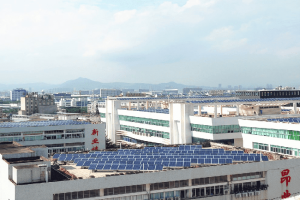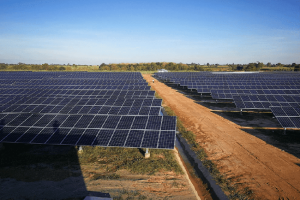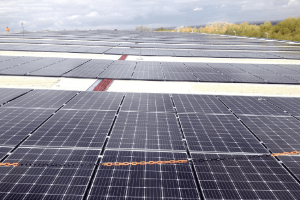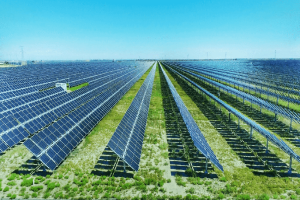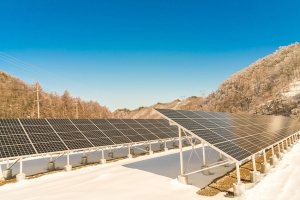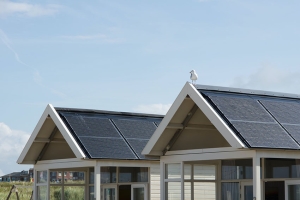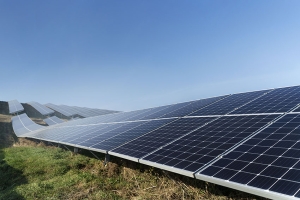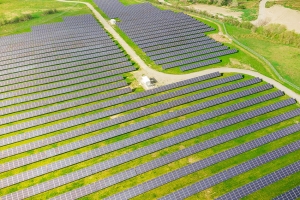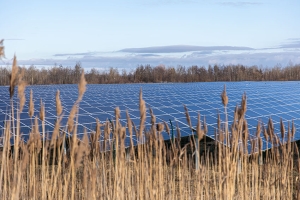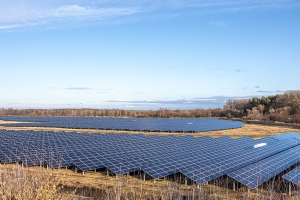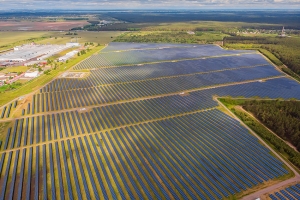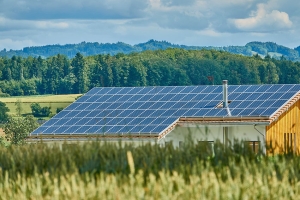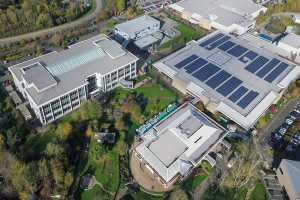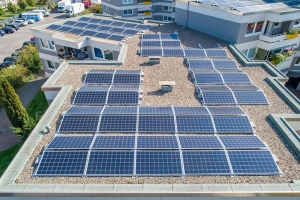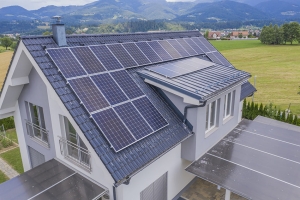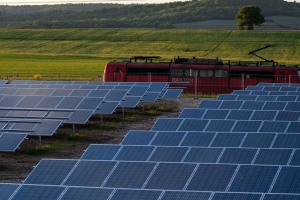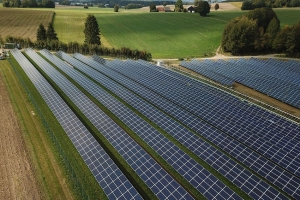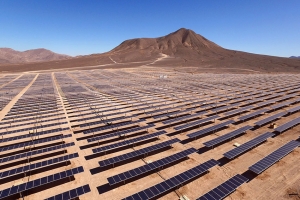Project Overview
project type
Commercial and Industrial Distributed
project's venue
Sree Lakshmi Venkateswara Spinning Mill, India
Project capacity
1.16MW
product type
Hi-MO 4
Spinning Mill Power Project in India
The technical highlights of the 1.16 MW industrial and commercial distributed generation project can be summarized as follows:
1. Solar Power: The entire project is powered by solar power, which is one of the cleanest and most sustainable forms of energy. The use of solar power in this project has significantly reduced the carbon footprint of Indian spinning mills.
2. Photovoltaic Panels: The photovoltaic panels used in this project are highly efficient, with an output of over 350 watts per panel. This ensures that the project produces more than enough energy to power the entire spinning mill.
3. Inverters: The inverters used in the project are state-of-the-art, with a conversion efficiency of up to 98%. This ensures that the energy produced by the photovoltaic panels is properly converted into usable electricity.
4. Substation: The project has a dedicated substation that ensures that the electricity produced is distributed efficiently to the different parts of the mill. The substation also ensures that the electricity produced is synchronized with the grid.
